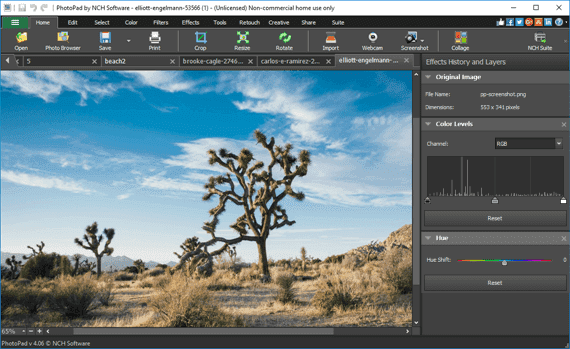Ubuntu GNOME, which is now the default flavour that has replaced Ubuntu Unity. Jul 05, 2017 You’ll have to get your hands a bit dirtier to install and dual-boot a Linux distribution like Ubuntu. If you just want to try Linux on your Mac, you can boot from a live CD or USB drive. Insert the live Linux media, restart your Mac, press and hold the Option key, and select the Linux media on the Startup Manager screen. Manjaro Linux is sleek, clean, and fast and it boots up in seconds. Because I have never used Arch Linux or any distros based on Arch before it’s a learning experience for me, but I am loving it. I am actually writing this post using my “feels new” MacBook Pro that’s now got a new lease on life, thanks to Manjaro Linux. If you want to use your USB stick with an Apple Mac, you will need to restart or power-on the Mac with the USB stick inserted while the Option/alt (⌥) key is pressed. This will launch Apple’s ‘Startup Manager’ which shows bootable devices connected to the machine. Links to popular distribution download pages. Below you'll find links that lead directly to the download page of 25 popular Linux distributions.
With a bootable Ubuntu USB stick, you can:
- Install or upgrade Ubuntu, even on a Mac
- Test out the Ubuntu desktop experience without touching your PC configuration
- Boot into Ubuntu on a borrowed machine or from an internet cafe
- Use tools installed by default on the USB stick to repair or fix a broken configuration
Creating a bootable USB stick is very simple, especially if you’re going to use the USB stick with a generic Windows or Linux PC. We’re going to cover the process in the next few steps.
Apple hardware considerations

Linux For Mac Pro
There are a few additional considerations when booting the USB stick on Apple hardware. This is because Apple’s ‘Startup Manager’, summoned by holding the Option/alt (⌥) key when booting, won’t detect the USB stick without a specific partition table and layout. We’ll cover this in a later step.

